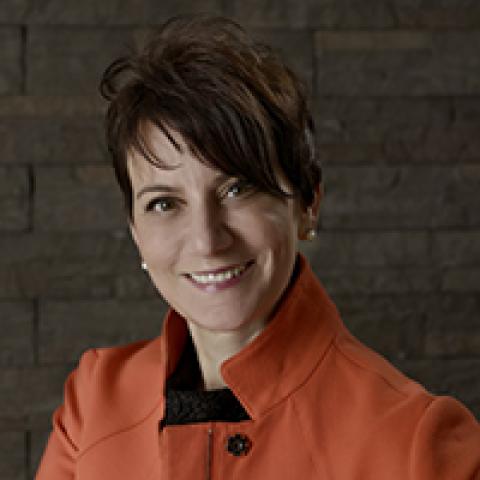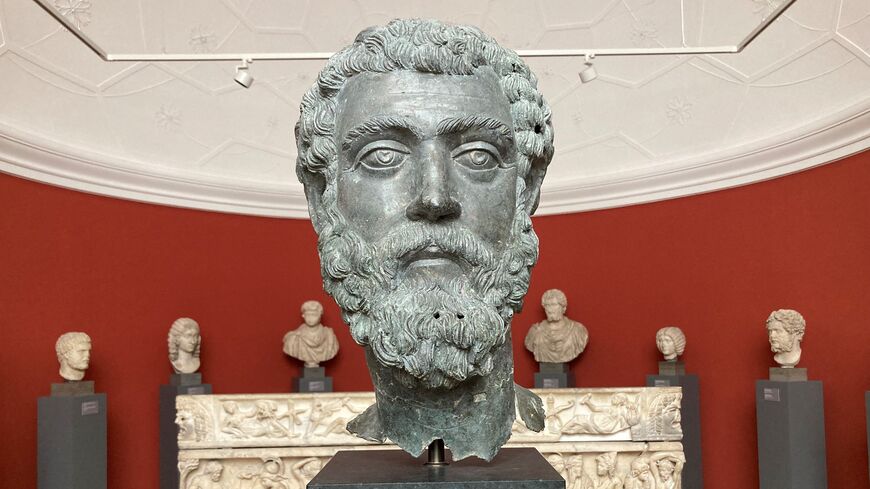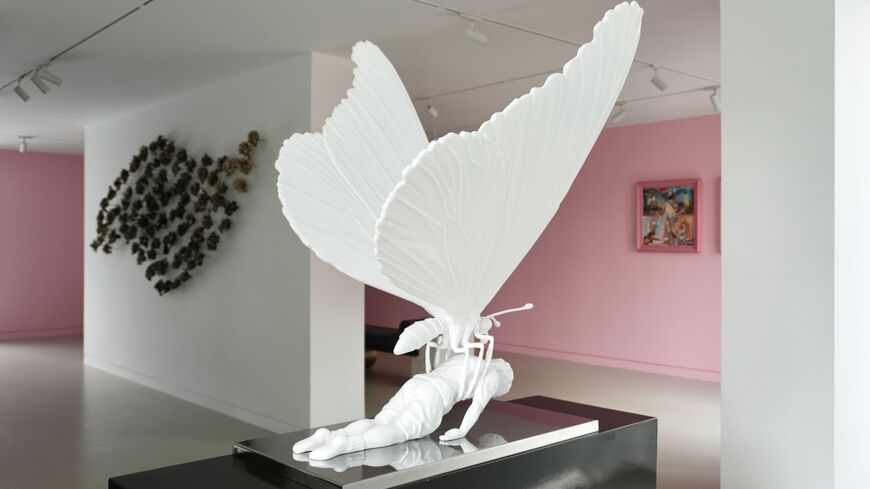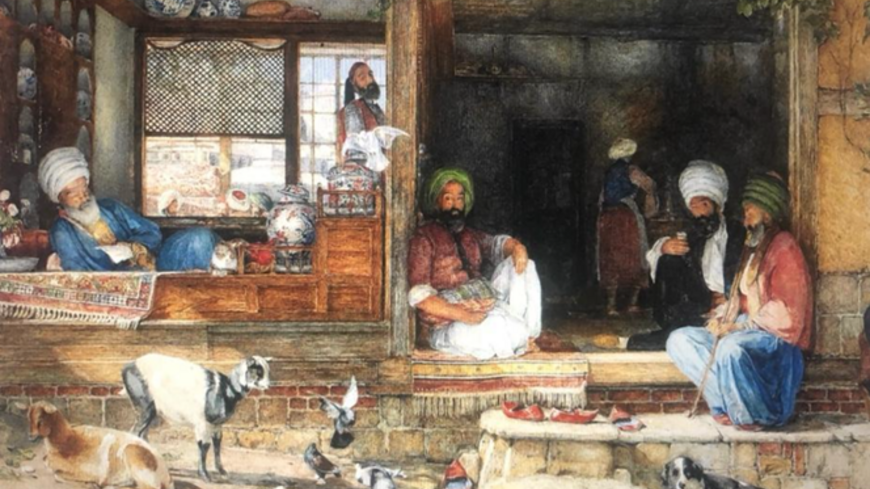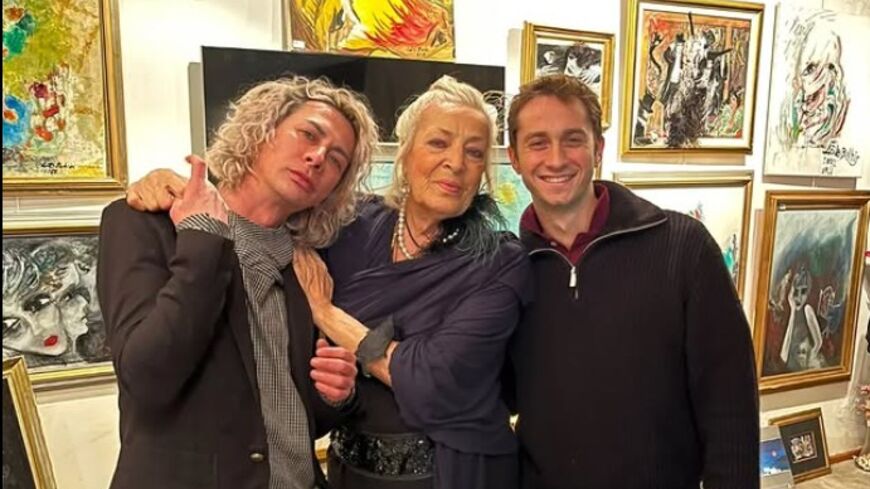AL-Monitor Istanbul: Bronze head of Roman emperor returns to Antalya Museum
The sculpture has made it home from Denmark and will soon take its place in the treasure-packed Antalya Museum.
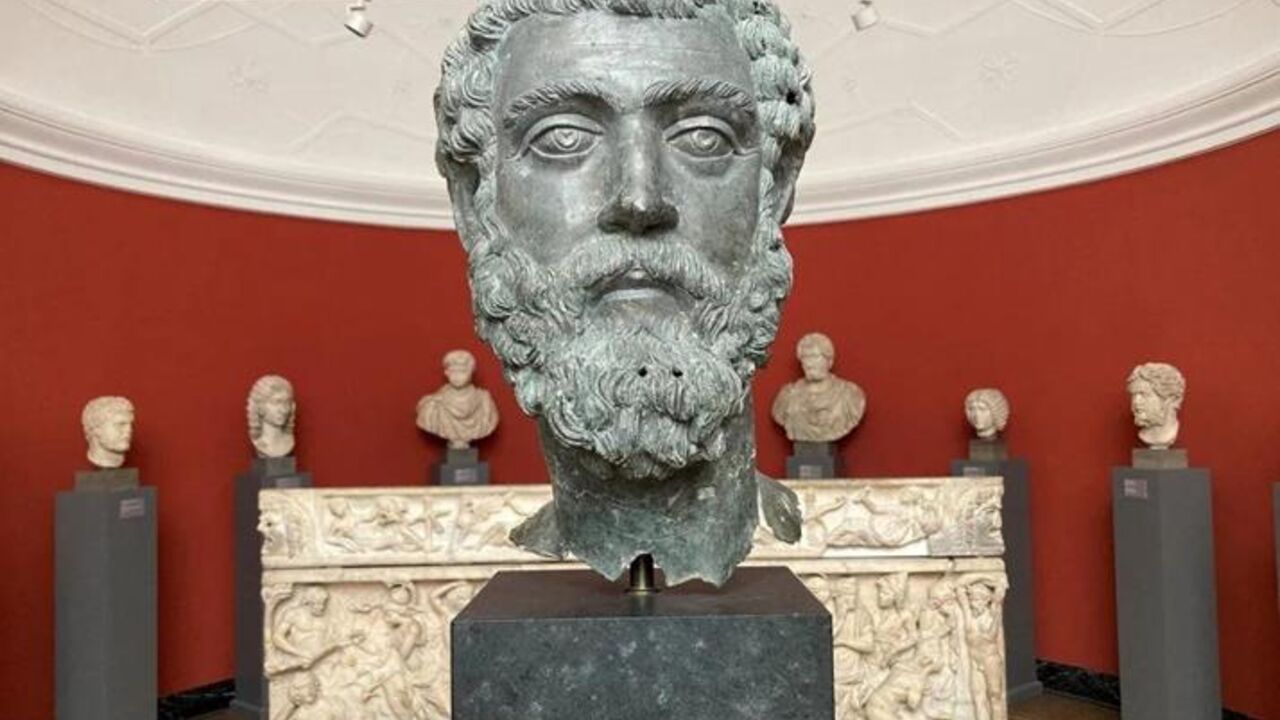
You're reading AL-Monitor City Pulse — Istanbul, a weekly exploration of Istanbul’s vibrant arts and culture scene with insights on key social happenings and recommendations off the beaten path. To get this newsletter in your inbox each week, sign up for free here.
Let’s kick things off with a win for archaeology buffs: the bronze head of a Roman emperor has made its way home from Denmark and will soon take its place in the treasure-packed Antalya Museum, one of Turkey’s most institutions.
Elsewhere in this issue, the gravitational pull of the Ukraine talks has us looking north, tracing Istanbul’s deep ties with the Black Sea region. From kitchens to catwalks and bookshelves, we explore the cultural currents of a region that shaped both President Recep Tayyip Erdogan and Istanbul Mayor Ekrem Imamoglu.
Leading the week: The emperor’s farewell party
The Danes sure know how to throw a send-off party. Earlier this month, they bid a stylish farewell to long-time resident Emperor Septimius Severus, the first Roman emperor of African origin, whose reign from AD 193 to 211 was marked by military expansion and a shift toward autocratic rule.
For over half a century, the emperor’s bronze head sat in Copenhagen’s Ny Carlsberg Glyptotek, a museum proudly displaying Rodin’s “The Thinker.” The artifact, looted from the ancient Lycian city of Boubon (modern-day Burdur, southwestern Turkey) in the 1960s, was acquired by the Glyptotek in 1970 from the controversial antiquities dealer Robert Hecht. Meanwhile, the emperor’s headless bronze torso languished in a private US collection before returning to Turkey in 2023.
Ankara officially requested the head’s return in May 2023. After a year of research, the Glyptotek agreed. "Exceptionally strong arguments and scientific documentation are required to separate a work from the museum’s collection," said museum director Gertrud Hvidberg-Hansen. "In this case, both criteria were present."
Before Severus — and 48 terracottas dating back to the 6th century BC — departed, the museum hosted a farewell exhibition, aptly titled “An Emperor Returns,” giving Danes one last look at their imperial guest.
"This is a win-win result for both parties," Turkey’s ambassador to Copenhagen, Hakan Tekin, said at the send-off.
Severus is just one of many artifacts making their way home as Turkey ramps up efforts to recover looted treasures. In 2011, the upper half of “Weary Herakles,” a marble statue depicting the hero in repose, arrived at the Antalya Museum after a 30-year legal battle with the Boston Museum of Fine Arts. In 2022, the life-sized bronze of Emperor Lucius Verus joined Herakles in the same museum.
Archaeology fans may want to start at Istanbul Archaeology Museums, a colossal complex whose collection includes a tablet containing a love poem dated to 2000 BC and the Kadesh Treaty, the first known peace treaty in history.
Word on the street: Hayvore

Galata Bridge’s staple street food, fish-in-a-bun, gets a fancy makeover at Hayvore. (Photo courtesy of Hayvore Lokanta Instagram)
Hayvore, which founder and chef Hizir Keskin inteprets as "I am here" in Laz — a language native to Turkey's Black Sea region — has been a culinary staple in Istanbul's Beyoglu district since 2009. Keskin's parents hail from eastern Black Sea towns, and he moved to Beyoglu in the 1990s and began his culinary journey at a small pide shop in Asmalimescit, training under the renowned Rasim Usta. His dedication to authentic Black Sea home cooking eventually led to the establishment of Hayvore, offering dishes like sauteed chard, steamed anchovies and a traditional fish soup crafted from a 1940s recipe.
Chef Keskin opened a second location, Lokanta Hayvore, in the upscale Galataport area last year. Aylin Yazicioglu, the first female Turkish chef to make it to France's prestigious La Liste of the world's top 1,000 restaurants, joined as a consultant chef. The new menu brings a refined touch to traditional dishes, featuring innovative interpretations of Anatolian recipes paired with local wines. Do not leave without tasting the stuffed anchovies.
Istanbul diary

Turkish-born Danish artist Alev Ebuzziya Siesby at her Paris Studio. (Photo courtesy of Istanbul Women’s Museum archives)
- Ceramicist (and style icon) Alev Ebuzziya Siesbye, whose transient works are included in the collections of 36 different museums around the world, is exhibiting her latest works — bowls in tones of white — at Galeri Nev Istanbul from Feb. 25 to March 28.
- The sixth edition of the New and Newest Music Festival (Feb. 20-23) at Arter hosts great musicians on Friday and Saturday. For example, Alvin Curran’s homage to great female voices from Umm Kulthum to Billie Holiday — tickets and info here.
- As part of his solo exhibition “Attempt to be a Sculpture,” artist Franz Erhard Walther will discuss his six-decade-long artistic practice, which revolves around concepts of work, body, space and language, at Arter on Feb. 27. The English-language event is free, and no registration is necessary.
Book of the week: “Black Sea”

Neal Ascherson’s “Black Sea” returned to my reading table this week as diplomatic efforts to end the war in Ukraine intensified. Blending history, travel and political insight, Ascherson traces the region’s shifting identities — from Greek colonists and Scythian nomads to the Ottoman Empire and the Soviet shadow. A fascinating read — particularly its chapters on Ukraine and Turkey — for anyone looking to understand this dynamic region, as its shores are once again caught between competing powers.
Istanbul gaze

(courtesy of Ozge Sebzeci)
Black Sea Textiles, an initiative by artistic nomad Kaytee O'Brien, supports artisans from coastal countries by blending traditional handcraft with contemporary perspectives. In the above photo, dancer Birsu Demirkaya, captured by photojournalist Ozge Sebzeci, embodies the enduring exchange between Istanbul and the sea.
By the numbers
- Istanbul’s Black Sea coastline, a rugged stretch of cliffs and sandy beaches, extends 65 kilometers (40 miles) from Rumelifeneri on the European side to Karaburun and Kilyos and from Anadolu Feneri to Sile on the Anatolian shore.
- Forget the legend of seven hills: Istanbul has more than 50. The highest, Aydos Hill, rises to 537 meters (1,762 feet), offering a rare panoramic view of a city more known for its sprawl than its summits.
